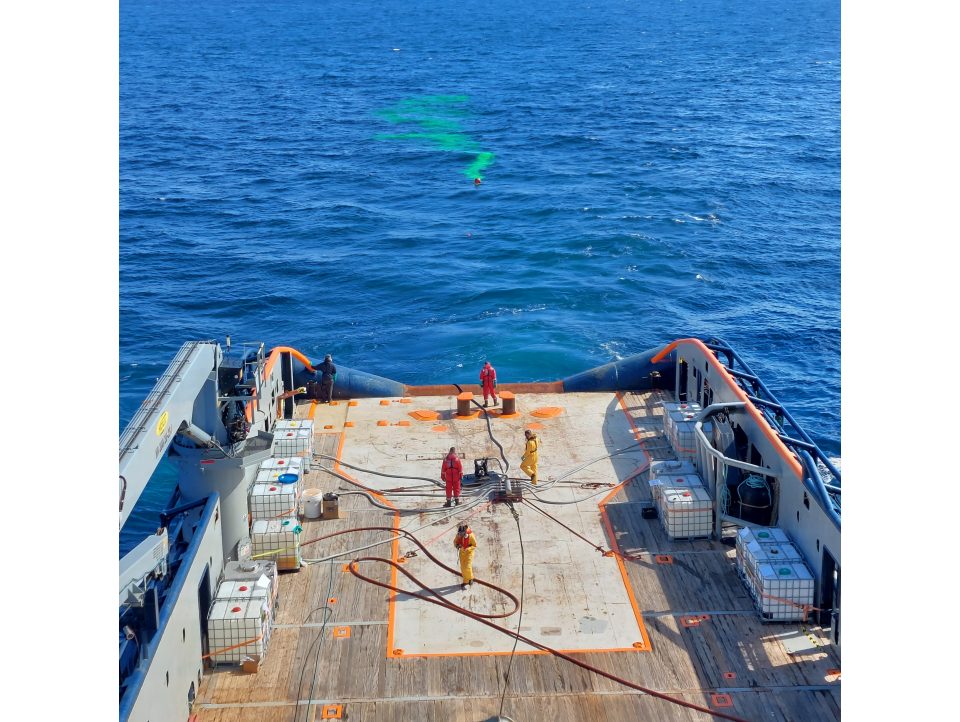Discover the content of the session: "HNS Spill prevention: study, inform and train"
- The maritime traffic of Hazardous and Potentially Hazardous Substances is constantly increasing. In order to better understand the risks in case of accidental spills, we will describe this traffic and then focus on the chemical substances that are transported in liquid form and evaporate in case of a spill at sea. The authorities in charge of the response must then face a toxic cloud, potentially explosive, risking to reach the civilian population. The session will present different preparation tools: a synthesis of work on the behavior of HNS in the aquatic environment (behavioral modeling, laboratory analysis and floating cell tests), presentation of results following the captations by hyper spectral camera) and training tools (e-learning modules, chemical operational guides, etc).
Picture: Cedre
Organizer
CEDRE (France)
Programme
WEDNESDAY 28th September 2022
9am – 12.30pm including a coffee break (10am-10.30am)
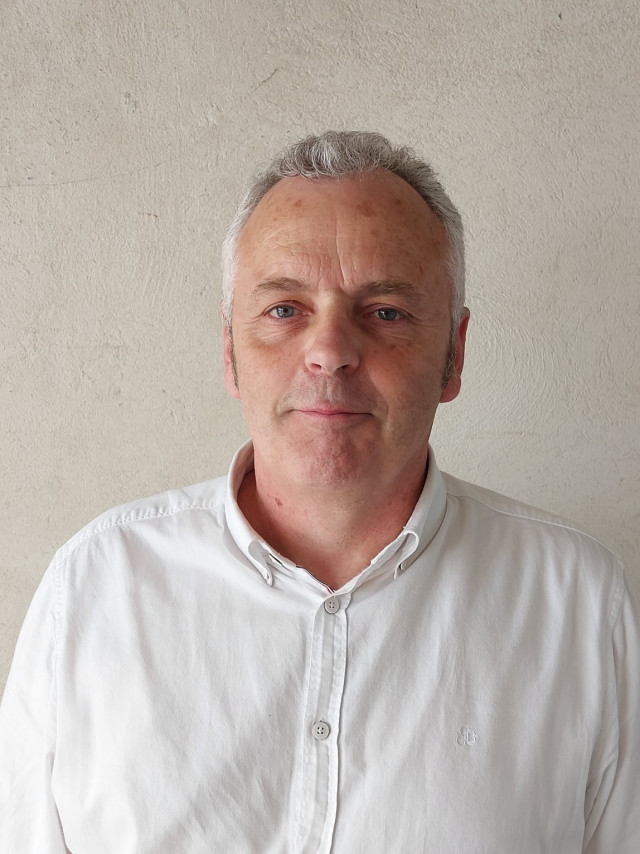
Stéphane Le Floch - Manifest Project : HNS Field trial with the support of the French Navy
Stéphane Le Floch(199)
(199) Cedre, France
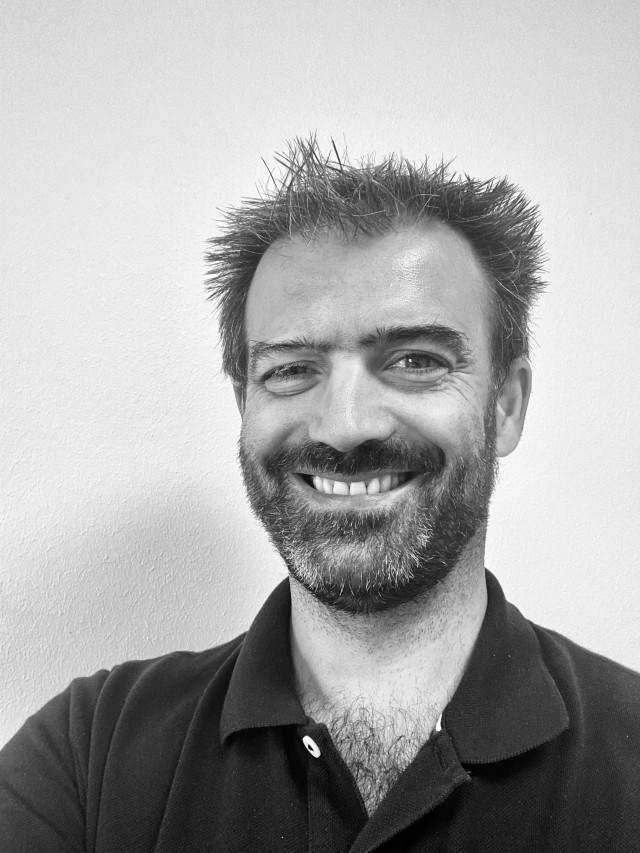
Laurent Aprin - Detection of a gas cloud
Laurent Aprin(116)
(116) IMT Mine Alès, France
Laurent APRIN is full professor at IMT Mines Alès and head of the Risk Sciences Laboratory since 2018. After a PhD in fluid mechanics and energy from the University of Provence in 2003, he joined the CNRS in 2004 as a research engineer to study two-phase flows and chemical process. In 2005, he joined IMT Mines Alès to study the dispersion mechanisms of chemical pollutants at sea. His research aims to the study of the evaluation of the consequences of dangerous phenomena related to industrial risks in order to characterize their impacts on the population and environment. His research and teaching activities focus on the understanding and modelling of fluid flows and more particularly on the transfer mechanisms of chemical pollution and gas discharges into aquatic environments, the radiative transfer from oil fires and the impact of gas cloud explosion. He is currently the head of the Laboratory for the Sciences of Risk at IMT Mines Ales. This research work has resulted in more than 35 articles in international scientific journals and over 40 international conferences.
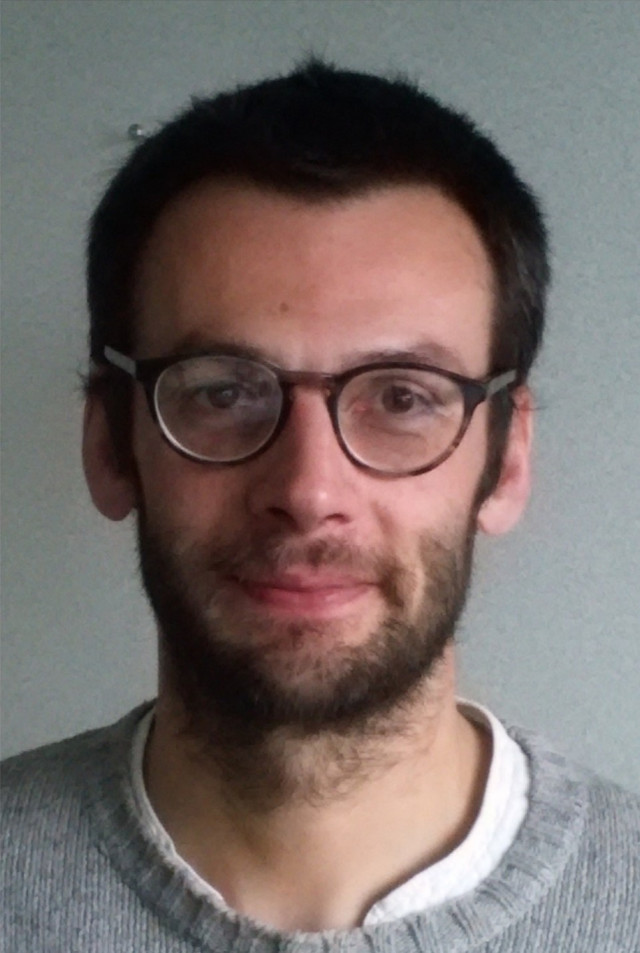
Pierre-Yves Foucher -
Evaporation from a slick and explosive risk
Pierre-Yves Foucher(114)
(114) Onera, France
The mission of the ONERA Optics and Associated Techniques Department (ONERA-DOTA) is to conduct studies and research linked to the use of the optical domain (electromagnetic waves between the medium ultraviolet (200 nm) and the THz range (1 THz ~ 300 μm)). These studies are conducted primarily for the benefit of the fields of Aeronautics, Space and Defence, but also for other fields such as security, the environment, astronomy and medical imaging. ONERA-DOTA's scope encompasses the entire optical chain, from source up to signal processing issuing from optical systems, with a view to manufacturing products.
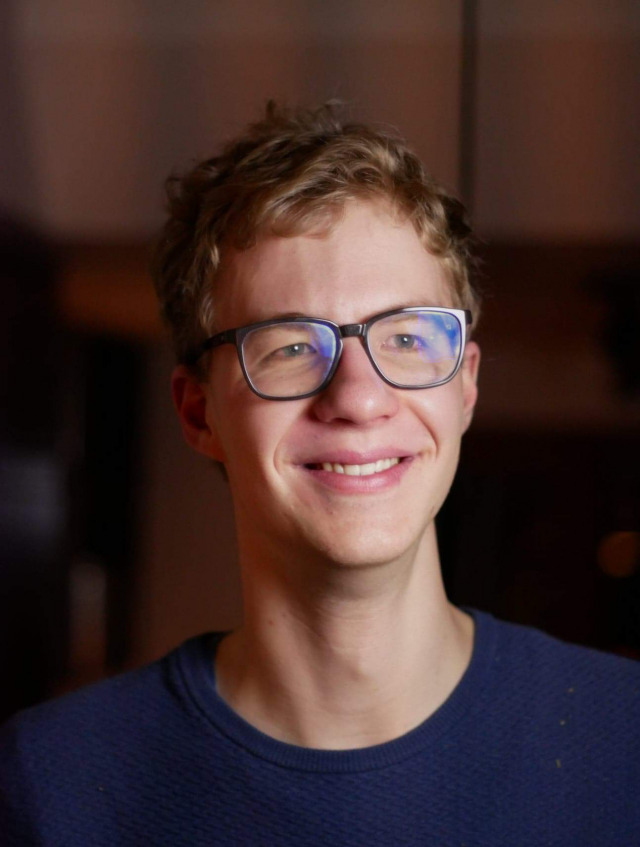
Ludovic Lepers -
Modelling of volatile HNS
Ludovic Lepers(201)
(201) Royal Belgian Institute of Natural Sciences, Belgium
The behavior of HNS substances spilled at sea is complex due to multiple processes occurring at the same time. In the framework of the MANIFESTS project, models have been developed to estimate the fate of these pollutants. The pre-existing drift model OSERIT has been adapted to be able to model the weathering processes such as evaporation and volatilization, which are necessary to accurately describe the behavior of HNS. A module of atmospheric drift and dispersion has been added to estimate the location of the HNS cloud. In some conditions, pollutant clouds can explode or ignite and cause damage to people and buildings. To tackle this issue, models able to predict the impact of fire and explosion have been developed with the aim to assess the risk for the people who intervene on site.
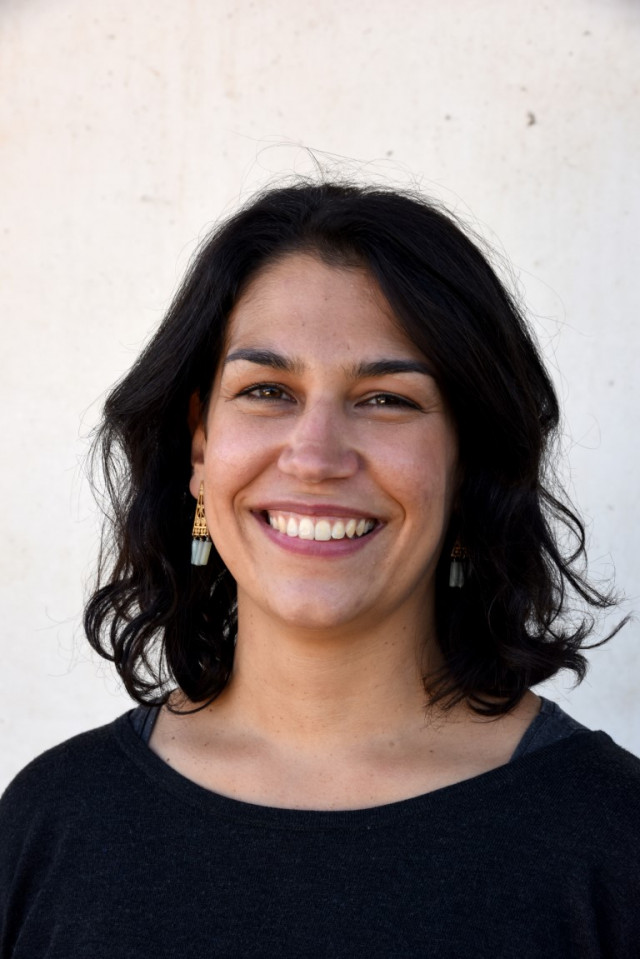
Laura Cotte -
Experimental assessment of HNS evaporation processes from a slick at the sea surface
Laura Cotte(199)
(199) Cedre, FranceFor volatile organic compounds (VOCs), one critical parameter that should be systematically predicted and/or assessed is the evaporation kinetics: this would warn first-responders against risks of gas clouds that might originate from the HNS slick.
Here we present new experimental data on the evaporation kinetics of several VOCs that were collected in the lab as well as using the new Cedre’s wind tunnel. The evaporation of each liquid was monitored following the weight loss fraction over time. The air and liquid temperatures as well as the wind velocity profile were monitored. The final objective was to assess mass fluxes at the sea-air interface and to compare it to analytical models. It appeared that, while pure chemicals showed a linear mass loss over time, the same chemicals spilled at the surface of seawater generally presented a non-linear mass loss over time, i.e. different and longer evaporation rates. The evaporation was also generally highlighted by a sharp decrease of the liquid temperature. Given that, these new data could be used to improve the prediction accuracy of existing evaporation models. This will offer crisis management stakeholders more precise information regarding the formation of such gas clouds (Go/No Go decision).
- Manifest Project : HNS Field trial with the support of the French Navy






